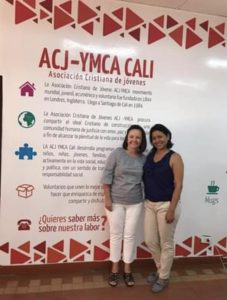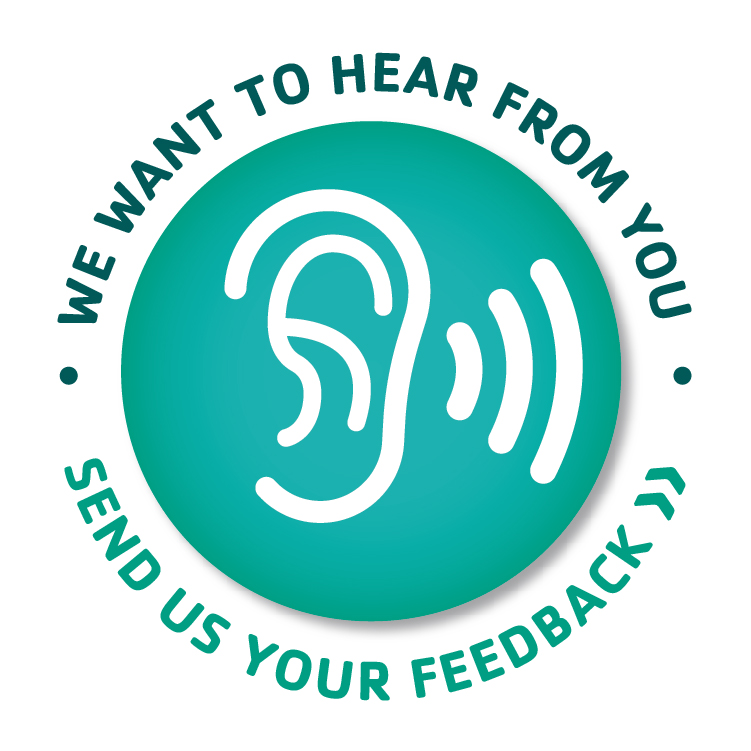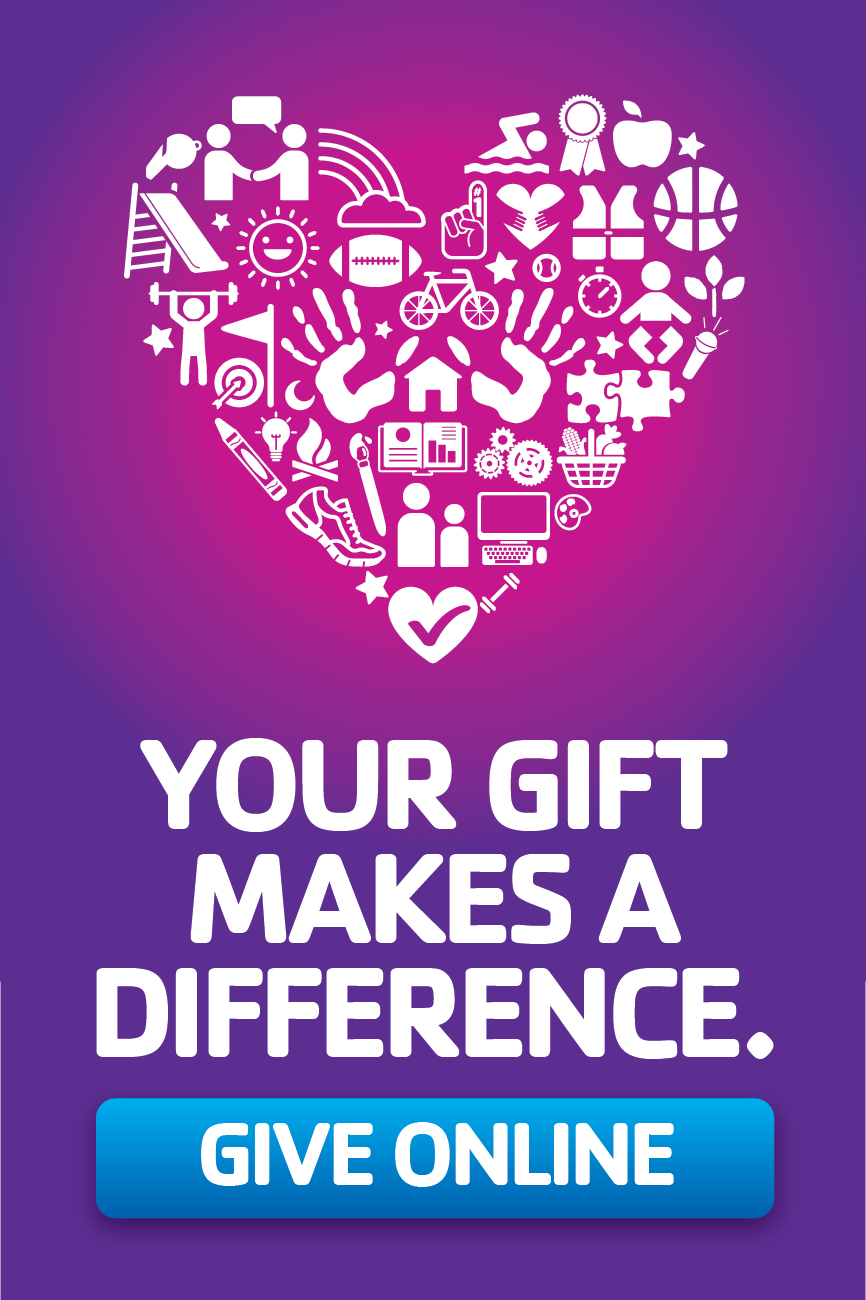By: Jewel Hardwick
When I was just a young student at YMCA Tiger Academy, the idea of attending college always loomed large. From early on, the teachers and staff instilled in us that we were the “Class of 2024” — a graduating class with a defined path to earn our bachelor’s degrees after completing elementary, middle and high school. At the time, I didn’t fully grasp the magnitude of what that meant – 2024 seemed like a lifetime away.

Our classroom themes, field trips, guest speakers – everything was oriented around exposing us to the college experience from an early age and making it feel achievable. I’ll never forget the big trip we took in 5th grade to tour Spelman College, Morehouse College, and Clark Atlanta University. It was my first time really traveling out of state, and the fact that we toured historically Black colleges in Atlanta made a huge impression on me. The teachers wanted us to see the full path of possibilities ahead.
The expectation that college was the next natural step after high school became deeply ingrained. So, when it came time to apply to universities, the process felt like an exciting milestone rather than an intimidating unknown. With the guidance of YMCA Tiger Academy and the Episcopal School of Jacksonville, I was awarded a QuestBridge scholarship to attend Colby College, a private liberal arts college in Maine, where I have pursed a double major in Global Studies and East Asian Studies. My YMCA Tiger Academy origins opened doors while simultaneously empowering me to walk confidently through them.

Tiger also provided an incredibly supportive, tight-knit community during my foundational years. With small class sizes and teachers who went the extra mile, they weren’t just educating us, they were looking out for us holistically as young kids trying to navigate life. From staying late to reviewing my college application essays, to even providing meals for my family when we struggled – the YMCA Tiger Academy staff became an extended family.
My mom had to stretch every resource to get me and my sister through those years. Not living near where Tiger was located, she’d wake up early and drive us across town each morning, then volunteer at the school during the day. Tiger opened up opportunities my family wouldn’t have had access to otherwise.
Now, I can’t help but look back in awe at how far I’ve come — and how much I owe to those earliest seeds planted by the staff at YMCA Tiger Academy. Their model works, as they reach kids from underprivileged communities early and wrap them in a supportive environment of high expectations and exposure to possibilities.

The expectation set by YMCA Tiger Academy ultimately became self-fulfilling, as I’ve earned the incredible honor of a Fulbright Scholarship. This will allow me to spend the next year after graduation immersing myself in the culture of Taiwan as an English Teaching Assistant while fostering cross-cultural connections.
I’m deeply grateful to YMCA Tiger Academy, the First Coast YMCA, and the Episcopal School of Jacksonville for their unyielding support and belief in my potential. None of it would have been possible without being empowered from that very first day when I learned I was part of the “Class of 2024.” YMCA Tiger Academy changed my life’s trajectory in ways I’m still understanding. And for that, I’ll be forever grateful.
YMCA Tiger Academy is a privately funded, public charter elementary school established in 2006 with the mission of preparing students for future academic success. The school goes beyond just enforcing rigorous academic standards by encompassing character development, personal and social responsibility, and strong family involvement. Tiger Academy’s environment nurtures a love of learning and sets high expectations for all students while bridging the achievement gap. From an early age, the school emphasizes college readiness, with curriculum and experiences designed to make higher education a natural and achievable next step.
The transformative impact of YMCA Tiger Academy is made possible through the generous support of individuals, businesses, and organizations who believe in the power of education to change lives. Donations help ensure that Tiger Academy can continue to provide a high-quality education and supportive environment for all students. These contributions provide essential resources like classroom materials, technology, transportation for field trips, meals, and professional development for the dedicated teachers and staff.
Support from the community allows Tiger Academy to continue providing this distinctive educational model that has proven transformative for many young lives.
To be a part of YMCA Tiger Academy’s mission and life-changing work, donations can be made at ymcatigeracademy.org/about/donate. Every gift helps ensure more students like Jewel can benefit from Tiger Academy’s empowering combination of high expectations, access to opportunities, and caring support system.
Make a gift today
By: Jewel Hardwick When I was just a young student at YMCA Tiger Academy, the idea of attending college always loomed large. From early on, the teachers and staff instilled in us that we were the “Class of 2024” — a graduating class with a defined path to earn our…

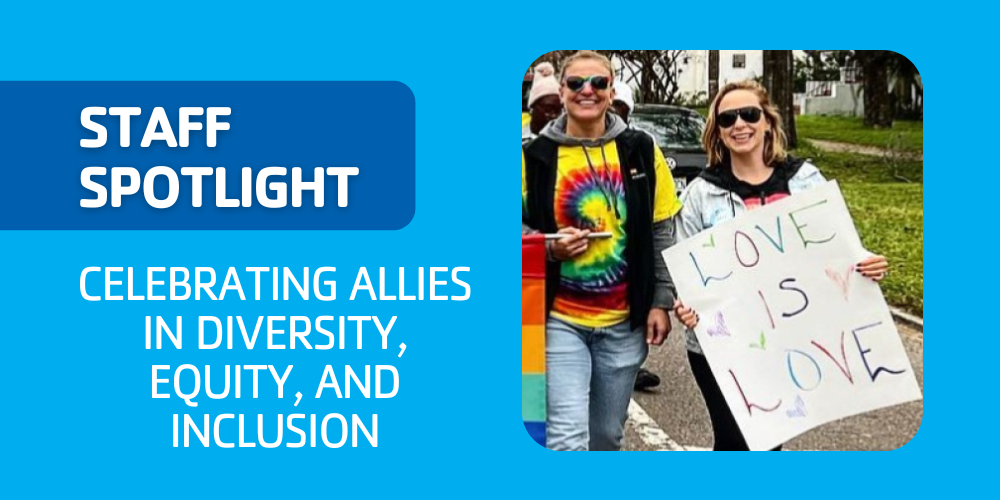





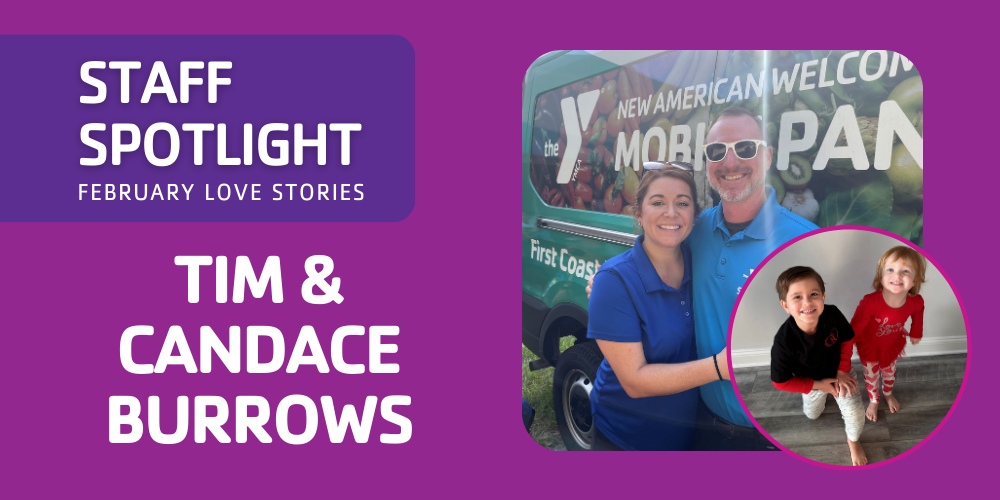
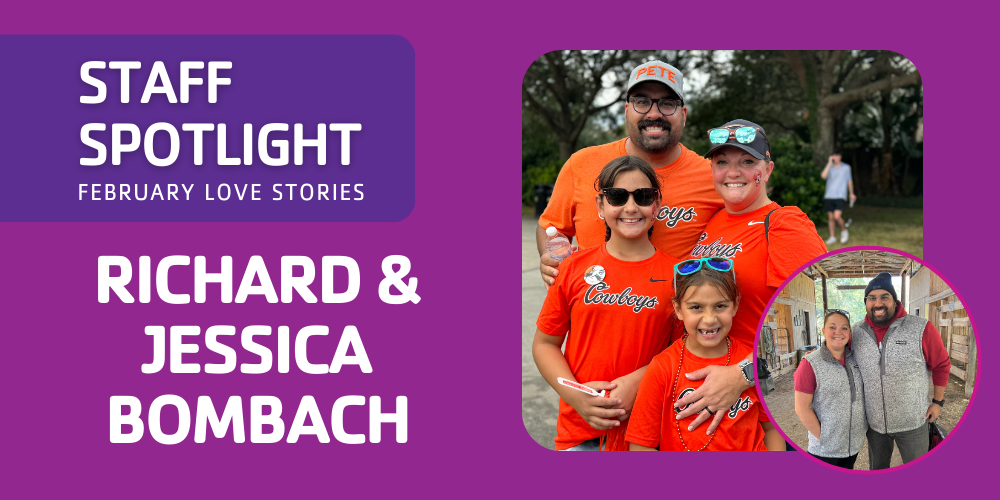
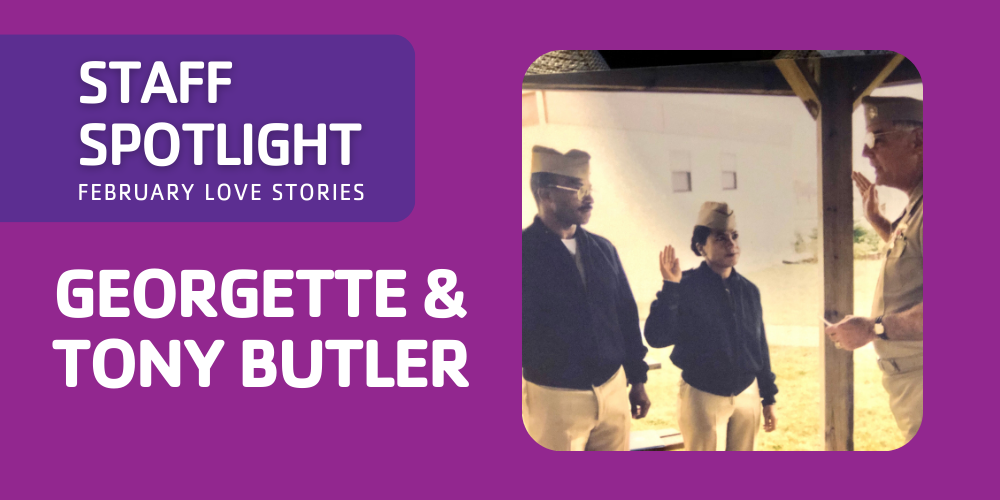


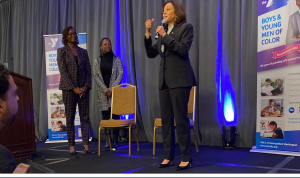
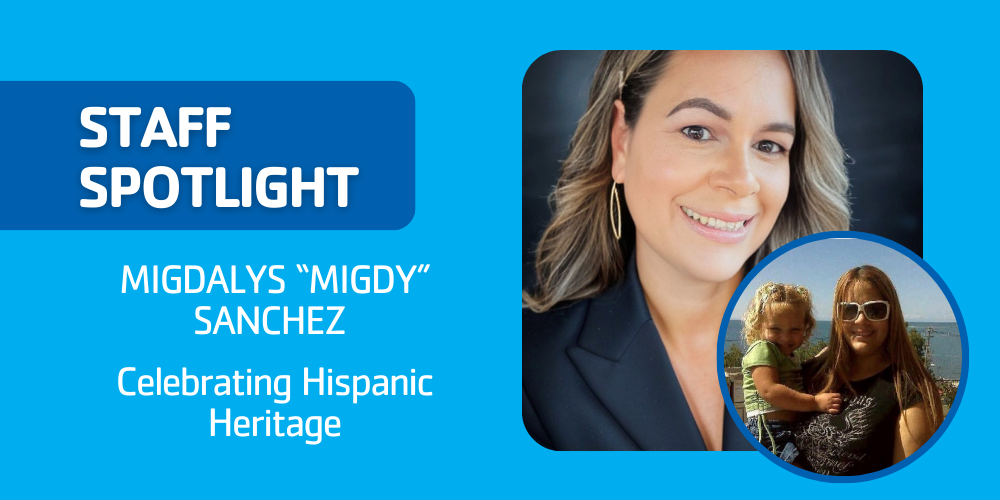

 She has lived in different areas of the country since the 80’s: New Jersey, Las Vegas, North Carolina and Florida. These experiences have giving her a great appreciation for many cultures. While in Florida and NC, she developed and implemented community-based programs that provide services to Hispanic populations. Her first experience with the Y was many years ago while she attended high school in New Jersey. When she was part of the high school swim team, the school team practice every week at a local Y in Randolph, NJ. She was new in this country and participating in the swim team helped her feel like she belonged. This is the place where she made her first American friends.
She has lived in different areas of the country since the 80’s: New Jersey, Las Vegas, North Carolina and Florida. These experiences have giving her a great appreciation for many cultures. While in Florida and NC, she developed and implemented community-based programs that provide services to Hispanic populations. Her first experience with the Y was many years ago while she attended high school in New Jersey. When she was part of the high school swim team, the school team practice every week at a local Y in Randolph, NJ. She was new in this country and participating in the swim team helped her feel like she belonged. This is the place where she made her first American friends.